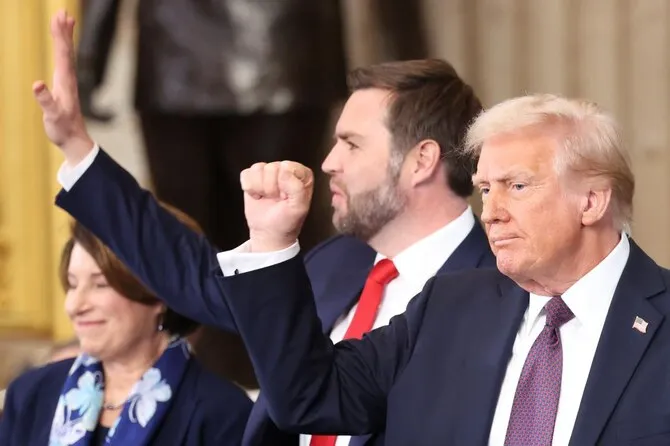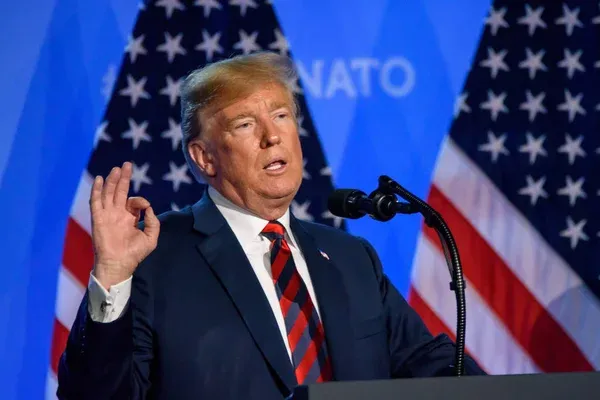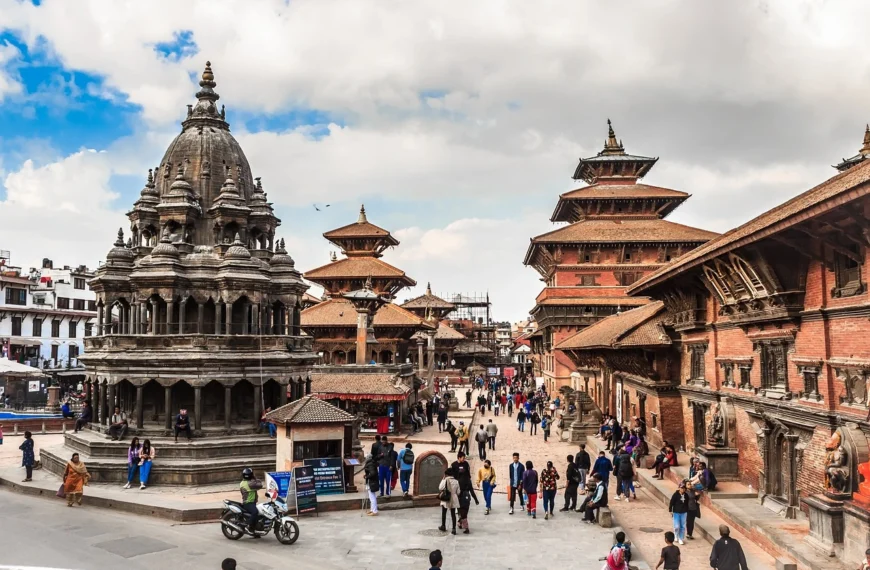When the word “emergency” is thrown around, one imagines sirens, chaos, and perhaps a superhero swooping in. In this case, President Trump’s declaration of a national emergency at the U.S.-Mexico border aims to build walls, stop drug cartels, and reshape immigration policies—though not without raising some eyebrows and courtroom debates.
Understanding the National Emergency
The U.S.-Mexico border has long been a hot-button issue, with debates over security, migration, and drug trafficking shaping policies. But is this an “emergency”? While border crossings have seen fluctuations, critics argue the crisis is more political theatre than practical reality. Supporters, however, insist urgent action is necessary to tackle trafficking and illegal immigration.

A national emergency gives the president expanded powers, allowing actions like reallocating funds without congressional approval. Trump’s move ties to his campaign promises of building “a big, beautiful wall,” but this declaration tests the limits of executive authority.
Key Actions and Implications
President Trump’s declaration directs the Department of Defense to finish the border wall with military assistance, adding a layer of complexity. The deployment of troops raises concerns about their role in civil operations. By designating drug cartels as foreign terrorist organizations, the administration opens doors to military action against them. This dramatic shift signals a tough stance but risks diplomatic fallout, especially with Mexico.
Also Check: Trump Declares War on Illegal Immigration: National Emergency Explained
Adding to the controversy, the administration’s plan to end birthright citizenship challenges the 14th Amendment of the Constitution, raising questions about civil rights and the future of U.S. citizenship. Critics predict lengthy legal battles, making this one of the most contested emergencies in recent history. The reinstatement of the “Remain in Mexico” policy forces asylum seekers to wait in limbo, complicating an already overburdened immigration system. Critics argue it undermines human rights, while proponents see it as a deterrent against fraudulent claims.
Economic and Global Reactions
Building walls and deploying troops come with hefty price tags. With billions at stake, taxpayers and lawmakers are questioning whether the returns justify the investment. Mexico, a crucial trade partner, has voiced opposition to U.S. policies targeting its citizens and drug cartels. Globally, the move has sparked debates about national sovereignty and border security.
Conclusion
As legal battles unfold and policies take shape, the U.S.-Mexico border remains a focal point of American politics. Whether Trump’s actions solve long-standing issues or create new ones will depend on their execution and impact. This declaration could cement Trump’s legacy as a decisive leader—or a controversial figure who overstepped his bounds. One thing’s certain: the ripple effects of this emergency will be felt for generations.















